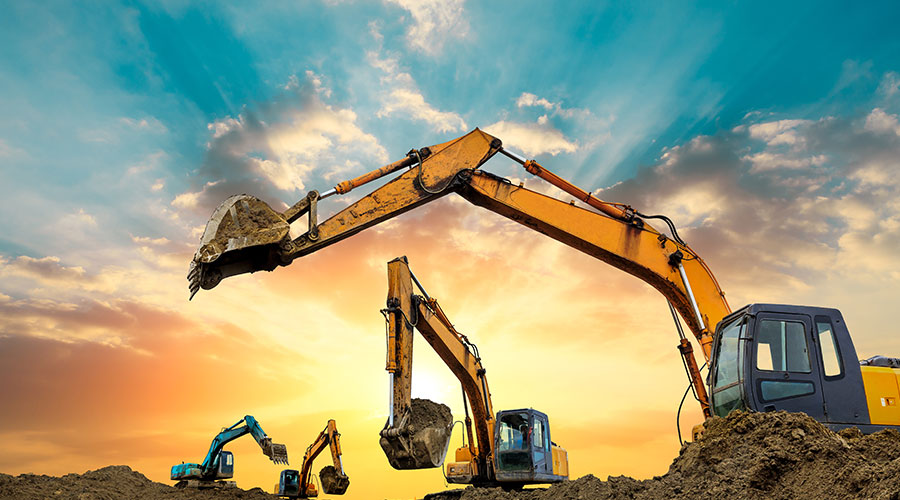Energy Recovery Systems Can Cut Energy Use Significantly
July 10, 2014
Energy recovery in buildings today is a true paradigm shift from traditional practice of 20-30 years ago, because the technology to accomplish it didn’t exist. '"It is now commonplace to expect some type of energy recovery incorporated into the building's HVAC system," says Ron Holdaway, an engineer at Smith Seckman Reid. "Rather than throwing away the low grade energy generated in the building, technology today allows the energy to be recovered in efficient and practical ways." Especially for building owners who are large energy consumers, energy-recovery systems have the potential to cut conditioning energy use significantly.
Holdaway cited an airside heat recovery system that was recently designed for a 200,000 square hospital in the Memphis area. Hospitals require significant amounts of outside air to ensure proper control of microorganisms.
"By using heat-recovery systems, the air conditioning tonnage was reduced by over 200 tons," Holdaway notes. "The system also resulted improved indoor air quality by improved temperature and humidity control in the space."
Payback is anticipated to be four years or less.
Increasingly, these systems are required. For commercial buildings, airside and waterside heat recovery are required by ASHRAE 90.1-2010 and the International Energy Conservation Code (IECC). Holdaway notes that exhaust air energy recovery is required if the outside air exceeds a prescriptive quantity. The quantity of outside air is dependent on the climate zone of the building.
Energy recovery system installation requires the aid of an engineer who can calculate the energy savings against current building energy use. Holdaway notes that it’s essential to size the systems appropriately.
"Systems that are oversized will not perform well and result in unnecessary added costs. Systems that are undersized do not generate sufficient energy savings to pay back the initial investment," he says.
Next
Read next on FacilitiesNet







